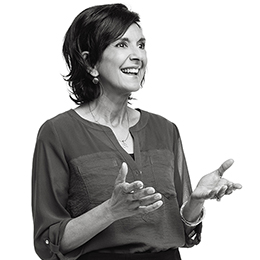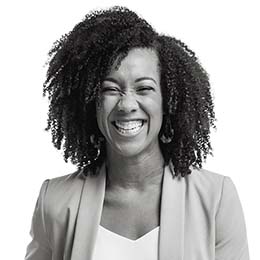The typical way to change people’s behavior is to reward or threaten them. Stephen R. Covey called this “the great jackass theory of human motivation — carrot and stick.” The problem with this approach is that it treats people like animals, and it works only on the surface, and only temporarily. They will “work” for a company, but they will never give it their hearts. They will never speak honestly, contribute freely, or do more than is required.
They will never, ever tell you what they really think.
Yes, they will be motivated, all right —motivated to evade responsibility — but they will never be inspired. In today’s workplace, so many workers are afraid, and it shows. They take little initiative, avoid responsibility, keep their thoughts to themselves — and bring as little as possible to the table so they won’t get in trouble. You will never capture people’s hearts by treating them like jackasses — yet that’s how most leaders try to lead.
Similarly, to be “the leader” traditionally means to take the whole enterprise on your back. It’s an exhausting prospect. It’s also terribly ineffective, to say the least. Here you are, surrounded by people with enormous talent, capability, experience, insight, and ingenuity, while you pretend to be the sole source of those things.
We’re still “leading” others as if we were back in an Industrial Age world. To succeed in the Knowledge Worker Age, we must change how we see leadership.
At FranklinCovey, we’ve had thirty years’ experience with hundreds of thousands of people in great companies, schools, and whole departments of government. They come to us to learn how to become highly effective organizations. In our work with clients, we’ve pinpointed two critical shifts that leaders must make to meet the needs of today’s workforce.
Think about leadership in two ways: formal authority that comes with a title, and moral authority that comes with your character. Your first steps to building a winning culture are to adopt the mindset that everyone on your team can lead, and accept that it’s your job to make them leaders.
It’s time for a totally new leadership operating system that frees everyone to lead. It’s entirely possible to create the conditions where everyone can be a leader if you change your paradigm of what a leader is. When you no longer think of leadership as the sole province of a few select people, you realize that all people have primary leadership qualities that can be leveraged. Initiative, resourcefulness, vision, strategic focus, creativity — these qualities are in no way limited to the executive suite.
“You could argue that the main job of leaders is to create other leaders.” – Jack Welch
That’s how Jack Welch saw his job at General Electric: “The challenge,” he said, “is to move the sense of ownership…down through the organization.” This demands that you “show up” and model the culture rather than talk about it in generic terms (or worse yet, “talk at” team members about it).
What does it mean to have a culture where everyone is a leader?
It means that there’s a common leadership operating system, a framework, that everyone in the organization shares. Your devices have an operating system that makes everything else run; without it your devices are just pieces of plastic. In the same way, your work has standard operating procedures, and your organization has a certain way of leading and behaving.
What is your leadership operating system? Does everyone in the organization know how to succeed? How to behave? How to problem-solve and innovate? A consistent operating procedure gives everyone a common language and a set of behaviors they can depend on as they work to achieve results year after year.
A great culture must be leader-led and designed intentionally. You must implement an established framework of behaviors and language that engages and aligns the performance of everyone in the organization. Everyone leads. Everyone knows how to win. Can you imagine if everyone in your organization behaved like a leader? What results would that enable?







